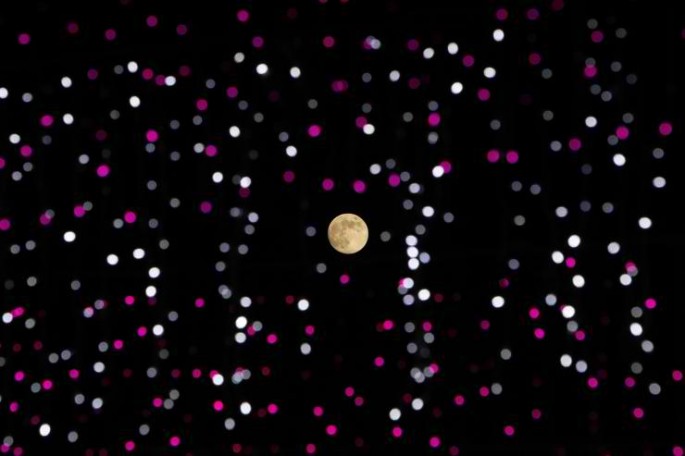The moon will make its second full moon on July 31, Friday, marking another rare occurrence within the United States since August 2012. Since the calendar year and the lunar cycle are not synced, this is the reason why every three years, the Earth presents two full moons in just a single calendar month.
However, the moon will not give off a full shade of blue by itself, at all. According to the National Space Science Data Center, when "once in a blue moon" was used first, it wanted to imply that something rare is happening that anyone would be lucky to experience in a lifetime, Earth Sky published.
Basically, when a moon imbibes a bluish shade, it is due to dusts or smoke particles that are present in the atmosphere, those that are blown-off during large volcanic eruptions. The dark blue tone of the evening sky is just also a human perception.
The most recent occurrence of a literal blue moon was in Edinburgh, Scotland, back in September 1950. The Royal Observatory's astronomer Robert Wilson observed it and concluded that it was blue because the satellite's light was actively traveling through clouds that had smoke and ashes from Canada's forest fires.
Today's use of blue moon can already be attributed to a writer who cleared up a confusing definition by the Almanac. The U.S. Naval Observatory in Washington stated that when there are four full moons in a season, the third will be referred as the blue moon.
The same event will happen again in January 2018, Business Insider reported.




























